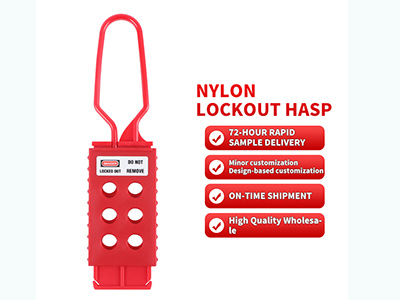
2025.06.09

2025.06.07

2025.05.28

2025.05.14
Date: 2024.09.24 Views: 411
Environmental Considerations
Consider the environment where the valve lock will be used:
Temperature Resistance: In extreme temperature environments (high heat or freezing cold), ensure the lock is rated for those conditions.
Corrosion Resistance: In marine or chemical environments, corrosion-resistant materials like stainless steel or specialized polymers are essential.
Compliance with Standards
Ensure the valve lock complies with safety and industrial standards, especially if it will be used in regulated industries like oil and gas, chemicals, or power generation. Look for locks that meet OSHA (Occupational Safety and Health Administration) or other relevant safety standards.
Ease of Use
The lock should be easy to install and remove when necessary, without requiring special tools or complicated procedures. This is particularly important in emergency situations where quick access may be needed.
Visibility
In some cases, highly visible locks (bright colors like red or yellow) can help alert personnel to the presence of a locked valve. This is important in safety-critical situations where everyone on-site needs to know which valves are locked and why.
Multiple User Locking
If multiple workers need to lock the same valve for safety reasons (as part of a lockout/tagout procedure), ensure the valve lock can accommodate multiple locks. Some locks allow several padlocks to be attached, making it possible for multiple personnel to secure the valve.
Cost and Quality
Consider the balance between cost and quality. While cheaper locks may seem appealing, investing in a high-quality lock ensures long-term durability, security, and peace of mind.
By considering these factors, you can select the right valve lock that fits your specific needs, ensuring both safety and operational efficiency in your system.

